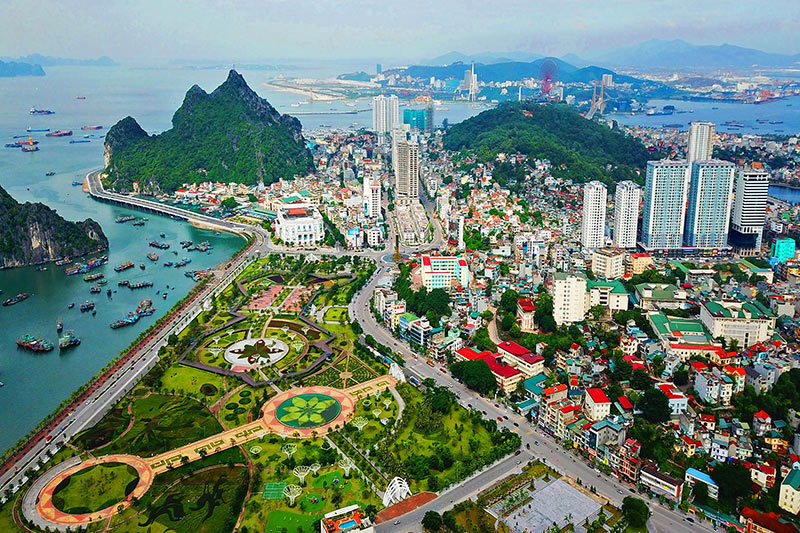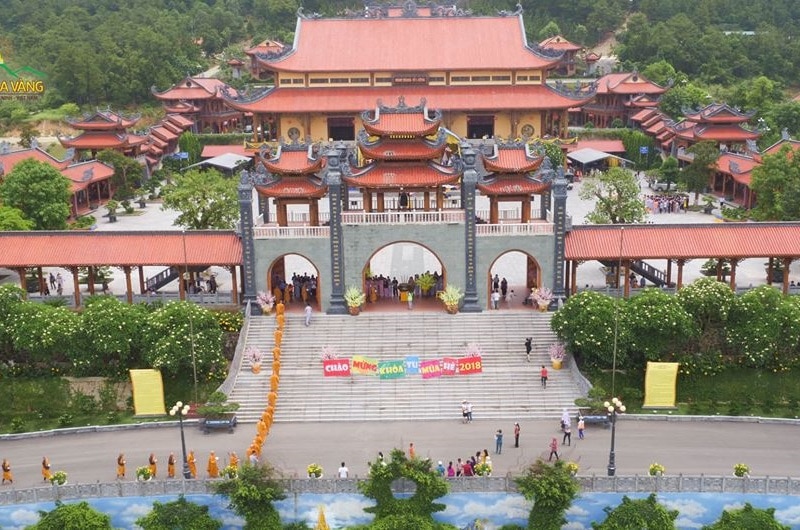Quảng Ninh là một thành phố đẹp như tranh vẽ nằm ở miền đông bắc Việt Nam, được biết đến với vẻ đẹp tự nhiên, di sản văn hóa và nhiều cơ hội du lịch đa dạng. Cùng IELTS Fighter khám phá Quảng Ninh qua những từ vựng, mẫu câu, đoạn văn miêu tả bằng tiếng Anh cực kì đơn giản nhé.
Từ vựng tiếng Anh về thành phố Quảng Ninh
| Từ vựng | Loại từ | Phát âm | Dịch nghĩa |
|---|---|---|---|
| province | n | /ˈprɑvəns/ | tỉnh |
| picturesque | adj | /ˌpɪktʃəˈresk/ | đẹp như tranh vẽ |
| heritage | n | /ˈherɪtɪdʒ/ | di sản (lịch sử, truyền thống) |
| tourism | n | /ˈtʊərɪzəm/ | tour du lịch |
| Northeastern | adj | /ˈeɪnʃənt/ | phía Đông Bắc |
| coastal | adj | /ˈkəʊstl/ | ở bên bờ biển |
| midland | adj | /midland/ | miền trung du |
| mountainous | adj | /ˈmaʊntənəs/ | có nhiều núi |
| terrain | n | /təˈreɪn/ | địa thế, địa hình |
| plain | n | /pleɪn/ | khu vực đất đai rộng lớn |
| communal | adj | /kəˈmjuːnl/ | công cộng |
| destination | n | /ˌdestɪˈneɪʃn/ | điểm đến |
| geological | adj | /ˌdʒiːəˈlɒdʒɪkl/ | về mặt địa lý |
| natural wonders | n | kì quan thiên nhiên | |
| landscape | n | /ˈlændskeɪp/ | phong cảnh |
| specialties | n | /ˈspɛʃəltiz/ | các món đặc sản |
| discover | v | /dɪˈskʌvər/ | khám phá ra |
| wander around | v | /ˈwɑndər/ /əˈraʊnd/ | đi dạo xung quanh |
| contemplate | v | /ˈkɑntəmˌpleɪt/ | chiêm ngưỡng |
| impress | v | /ˈɪmˌprɛs/ | gây ấn tượng |
| fresh | adj | /frɛʃ/ | trong lành |
| poetic | adj | /poʊˈɛtɪk/ | nên thơ |
| magnificent | adj | /mægˈnɪfəsənt/ | tuyệt diệu |
| popular | adj | /ˈpɑpjələr/ | phổ biến |
| peaceful | adj | /ˈpisfəl/ | Yên bình |
| tourist | n | /ˈtʊrəst/ | khách du lịch |
| tourist attraction | n | /ˈtʊrəst/ /əˈtrækʃən/ | điểm thu hút khách du lịch |
| destination | n | /ˌdɛstəˈneɪʃən/ | điểm đến |
| architecture | n | /ˈɑrkəˌtɛkʧər/ | kiến trúc |
| visitors | n | /ˈvɪzətərz/ | du khách |
| getaway holiday | n | /ˈgɛtəˌweɪ/ /ˈhɑləˌdeɪ/ | du lịch xả hơi |
| retreat | n | /riˈtrit/ | kì nghỉ |
Từ vựng tiếng Anh về một số địa danh thành phố Quảng Ninh
1. Tran Dynasty Relics: Thánh tính đền nhà Trần
2. Yen Tu Pagoda: Chùa Yên Tử
3. Halong Bay: Vịnh Hạ Long
4. Bai Tho mountain: núi Bài thơ
5. Long Tien pagoda: Chùa Long Tiên
Giới thiệu về thành phố Quảng Ninh
1: Giới thiệu về địa lý
Quang Ninh, situated in the northeastern region of Vietnam, takes on the shape of an inclined oblique rectangle that runs from northeast to southwest. On the eastern side, the province is next to the Gulf of Tonkin, while on the western side, it abuts a mountainous and forested area. Its geographic coordinates range from 106°26' to 108°31' east longitude and 20°40' to 21°40' north latitude. The widest stretch of the province spans 195km from east to west, and it is approximately 102km long from north to south. Quang Ninh shares its borders with several locations, including China to the northeast, a 250-kilometer coastline along the Gulf of Tonkin to the south, Hai Duong and Haiphong to the southwest, and the provinces of Lang Son, Bac Giang, and Hai Duong to the northwest.
Quảng Ninh nằm ở vùng Đông Bắc Việt Nam, có dạng hình chữ nhật nghiêng chạy từ Đông Bắc xuống Tây Nam. Phía Đông giáp Vịnh Bắc Bộ, phía Tây giáp với vùng rừng núi. Tọa độ địa lý của nó nằm trong khoảng từ 106°26' đến 108°31' kinh độ Đông và 20°40' đến 21°40' vĩ độ Bắc. Đoạn rộng nhất của tỉnh kéo dài 195 km từ đông sang tây và dài khoảng 102 km từ bắc xuống nam. Quảng Ninh có chung biên giới với một số địa điểm, bao gồm Trung Quốc ở phía đông bắc, đường bờ biển dài 250 km dọc theo Vịnh Bắc Bộ ở phía nam, Hải Dương và Hải Phòng ở phía tây nam, và các tỉnh Lạng Sơn, Bắc Giang và Hải Dương về phía tây bắc.
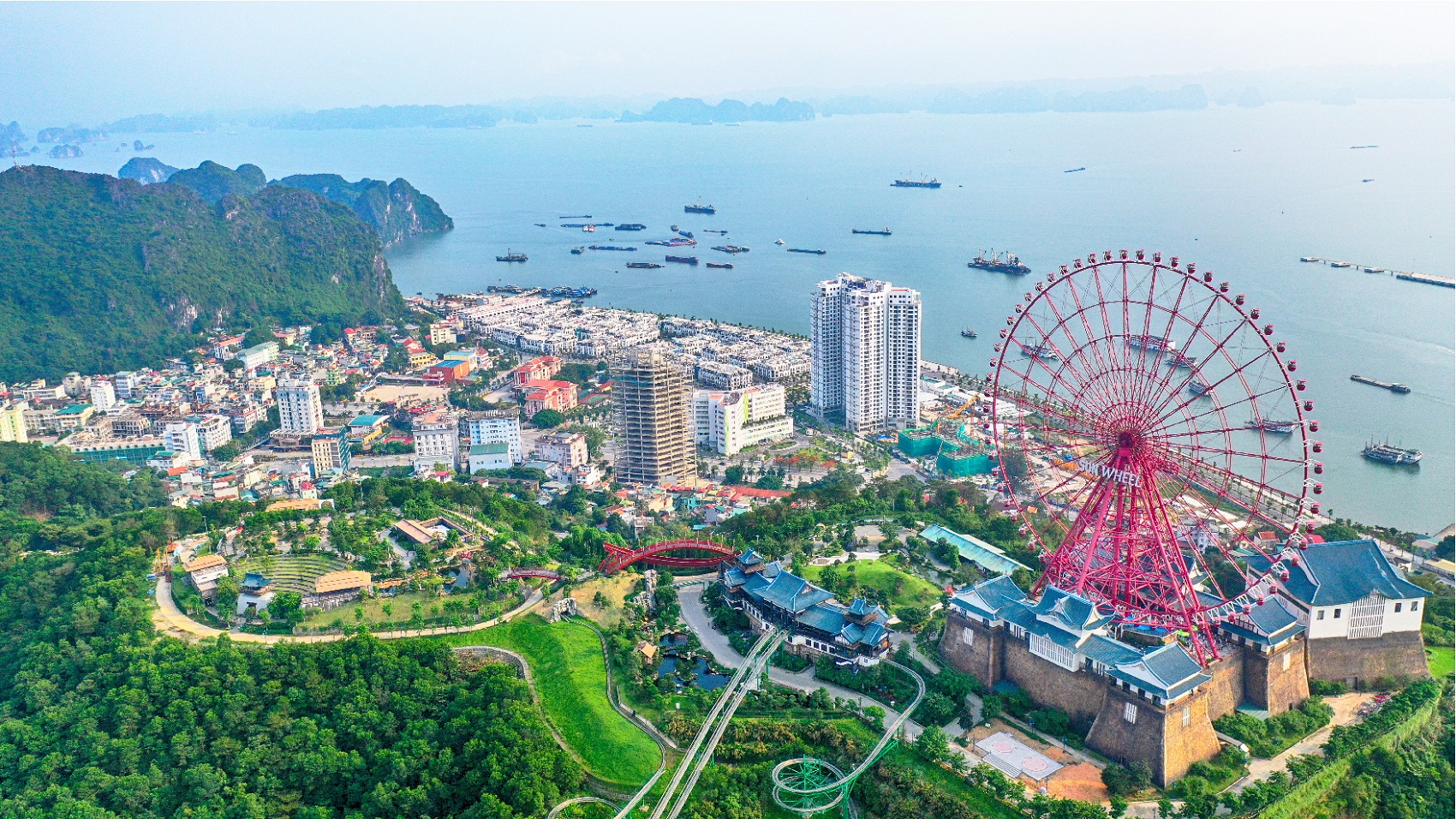
2: Về lịch sử
Quang Ninh is a region with a diverse and fascinating history. Archaeologists have discovered remnants of prehistoric communities dating back to 3000-1500 BC in Halong Bay. This era was characterized by the Halong culture, which utilized a lot of seashells as currency and jewelry, as well as animal and human bones. During the Hung Kings period, Quang Ninh belonged to the Luc Hai tribe, which was one of Van Lang State's fifteen tribes. In the feudal system, the province was called Luc Chau in the Ngo Dynasty, Dong Hai in the Ly Dynasty, Hai Dong in the Tran Dynasty, and Tran An Bang in the Le Dynasty.
Following the August Revolution of 1945, Vietnam gained its independence and entered a new era of democracy. In 1963, the Government Democratic Republic of Vietnam established Quang Ninh province by merging Hong Quang and Hai Ninh. The province's name was chosen by Ho Chi Minh, and it was a combination of the names of the two previous provinces, Quang Yen and Hai Ninh. The province covers a total area of 8239.243 square kilometers.
Quảng Ninh là vùng đất có bề dày lịch sử đa dạng và hấp dẫn. Các nhà khảo cổ học đã phát hiện ra tàn tích của các cộng đồng người tiền sử có niên đại 3000-1500 trước Công nguyên ở Vịnh Hạ Long. Thời đại này được đặc trưng bởi nền văn hóa Hạ Long, nơi sử dụng rất nhiều vỏ sò làm tiền tệ và đồ trang sức, cũng như xương động vật và con người. Thời Hùng Vương, Quảng Ninh thuộc bộ Lục Hải, một trong mười lăm bộ của nước Văn Lang. Trong hệ thống phong kiến, tỉnh được gọi là Lục Châu vào thời Ngô, Đông Hải vào thời Lý, Hải Đông vào thời Trần và Trấn An Bang vào thời Lê.
Sau Cách mạng Tháng Tám năm 1945, Việt Nam giành được độc lập và bước vào một kỷ nguyên dân chủ mới. Năm 1963, Chính phủ Việt Nam Dân chủ Cộng hòa thành lập tỉnh Quảng Ninh trên cơ sở sáp nhập Hồng Quảng và Hải Ninh. Tên tỉnh do chủ tịch Hồ Chí Minh chọn, là sự kết hợp tên của hai tỉnh trước đó là Quảng Yên và Hải Ninh. Tỉnh có tổng diện tích 8239,243 km2.
3: Về văn hoá của tỉnh Quảng Ninh
Quang Ninh is a land steeped in rich and ancient cultural traditions. The Halong culture, which is considered a significant milestone in the evolution of Vietnamese culture, originated in this area. Like other provinces, the people of Quang Ninh have a diverse and vibrant culture. Buddhism has a long history in this region, with evidence of its practice dating back to before King Tran Thai Tong (1225-1258) came to Yen Tu Mountain to practice. Prior to his arrival, many religious figures had already been practicing in the area.
King Tran Nhan Tong (1279-1293) chose Yen Tu as the location to practice and establish Truc Lam Buddhist Zen in Vietnam. In the 14th century, Yen Tu and Quynh Lam (Dong Trieu) became the center of Buddhist practice for monks throughout the country. Despite many challenges and obstacles over the centuries, Buddhism has persisted in Quang Ninh, with hundreds of pagodas scattered throughout the province. These include well-known pagodas like Loi Am, Long Tien (Halong), Linh Khanh (Tra Co), Ho Thien (Dong Trieu), and Linh Quang (Quan Lan). Today, there are still around 30 pagodas in Quang Ninh, spread across eight districts, towns, and cities. While there are also people who practice other religions, Buddhism remains the most widely observed faith. Additionally, the people of Quang Ninh also practice ancestor worship, as well as the worship of Generals of the Tran Dynasty, Tutelary Gods, Water and Mountain Gods, and Holy Mothers such as Lieu Hanh, Thuong Ngan, and Mau Thoai.
Quảng Ninh là vùng đất giàu truyền thống văn hóa lâu đời. Văn hóa Hạ Long, được coi là một cột mốc quan trọng trong quá trình phát triển của văn hóa Việt Nam, bắt nguồn từ khu vực này. Cũng như các tỉnh thành khác, người dân Quảng Ninh có một nền văn hóa đa dạng và sôi động. Phật giáo có lịch sử lâu đời ở vùng này, với bằng chứng về sự tu hành của nó có từ trước khi vua Trần Thái Tông (1225-1258) đến núi Yên Tử tu hành. Trước khi ông đến, nhiều nhân vật tôn giáo đã hành nghề trong khu vực.
Vua Trần Nhân Tông (1279-1293) đã chọn Yên Tử làm nơi tu hành và thành lập Thiền phái Trúc Lâm ở Việt Nam. Vào thế kỷ 14, Yên Tử và Quỳnh Lâm (Đông Triều) trở thành trung tâm tu tập Phật giáo của các nhà sư trong cả nước. Trải qua bao thử thách, trở ngại qua nhiều thế kỷ, Phật giáo vẫn trường tồn tại Quảng Ninh, với hàng trăm ngôi chùa nằm rải rác khắp tỉnh. Có thể kể đến những ngôi chùa nổi tiếng như Lôi Âm, Long Tiên (Hạ Long), Linh Khánh (Trà Cổ), Hồ Thiên (Đông Triều), Linh Quang (Quan Lạn). Ngày nay, ở Quảng Ninh còn khoảng 30 ngôi chùa, trải dài trên 8 huyện, thị xã, thành phố. Trong khi cũng có những người thực hành các tôn giáo khác, Phật giáo vẫn là tín ngưỡng được quan sát rộng rãi nhất. Ngoài ra, người dân Quảng Ninh còn có tục thờ cúng tổ tiên, thờ các vị tướng nhà Trần, Thành Hoàng, Thần Nước, Thần Núi và các Thánh Mẫu như Liễu Hạnh, Thượng Ngàn, Mẫu Thoại.
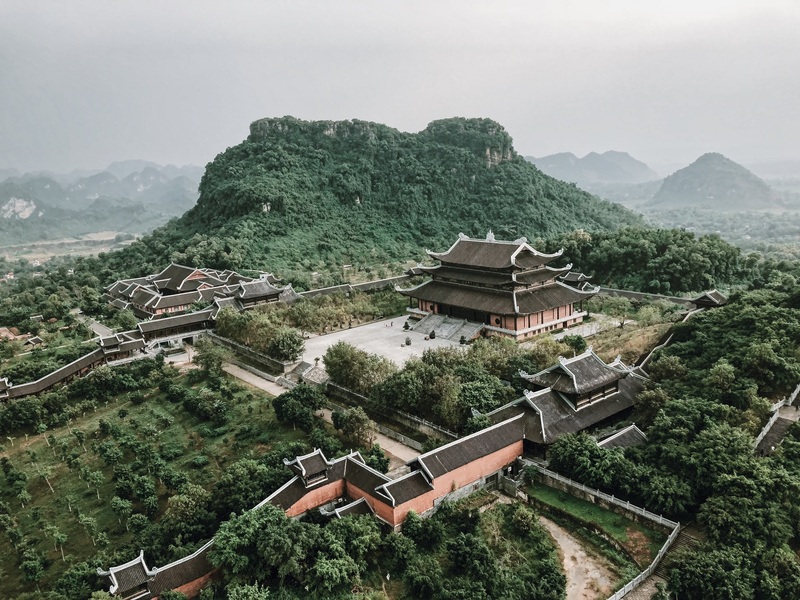
4. Về du lịch của tỉnh Quảng Ninh
Quang Ninh is a province located in North Vietnam that has a great potential for tourism. It is considered one of the top tourist destinations within the "tourism triangle" in the region. One of the province's main attractions is Halong Bay, which is recognized as both a world natural heritage and a world heritage site due to its unique geological and geomorphological features. Halong Bay is an excellent destination not only for Quang Ninh but for the entire North Vietnam region.
Halong Bay is a natural wonder and a natural heritage site that spans over 1553 square kilometers and includes 1969 islands. The UNESCO-recognized world heritage site covers more than 434 square kilometers and has 788 islands that are significant in terms of culture, aesthetics, geology, biology, and economy. The bay is home to numerous islands, caves, beaches, and stunning landscapes that are ideal for tourism development.
Quảng Ninh là một tỉnh nằm ở phía Bắc Việt Nam có nhiều tiềm năng về du lịch. Nơi đây được coi là một trong những điểm du lịch hàng đầu trong “tam giác du lịch” của khu vực. Một trong những điểm thu hút chính của tỉnh là Vịnh Hạ Long, được công nhận là di sản thiên nhiên thế giới và di sản thế giới do các đặc điểm địa chất và địa mạo độc đáo. Vịnh Hạ Long là điểm đến tuyệt vời không chỉ của Quảng Ninh mà của cả khu vực miền Bắc Việt Nam.
Vịnh Hạ Long là một kỳ quan thiên nhiên và là một di sản thiên nhiên trải rộng trên 1553 km2 và bao gồm 1969 hòn đảo. Di sản thế giới được UNESCO công nhận có diện tích hơn 434 km vuông và có 788 hòn đảo có ý nghĩa về văn hóa, thẩm mỹ, địa chất, sinh học và kinh tế. Vịnh là nơi có nhiều hòn đảo, hang động, bãi biển và cảnh quan tuyệt đẹp rất lý tưởng để phát triển du lịch.
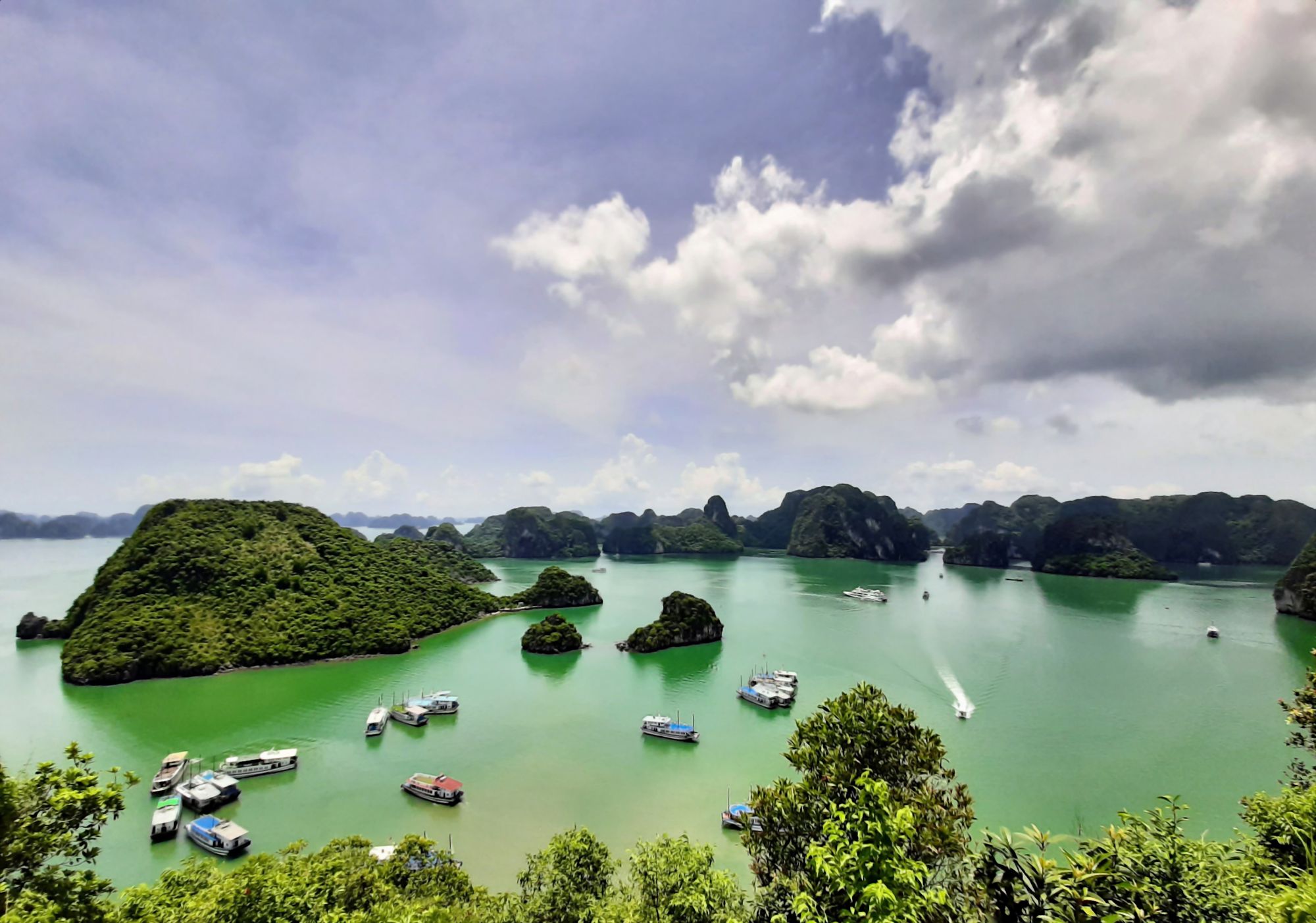
Đoạn văn tiếng Anh giới thiệu về tỉnh Quảng Ninh
Đoạn văn 1:
I'd like to talk about a province in Vietnam called Quảng Ninh. It's located in the northeastern region of the country, near the border with China. Quảng Ninh is known for its beautiful natural scenery, particularly its famous attraction, Halong Bay. This bay is a UNESCO World Heritage site, and it's famous for its stunning limestone cliffs and numerous islands. In addition to Halong Bay, Quảng Ninh also has many other attractions, including national parks, beaches, and historic sites. I think it's a wonderful place to visit for anyone who loves nature and wants to experience Vietnamese culture.
Đoạn văn 2:
Quang Ninh is a province located in the northeast region of Vietnam, known for its natural beauty and rich cultural heritage. It is home to some of the country's most stunning landscapes, including the world-renowned Halong Bay - a UNESCO World Heritage site. Quang Ninh is also a significant economic and commercial center, with a thriving tourism industry and a rapidly developing infrastructure. The province offers visitors a unique blend of modern amenities and traditional Vietnamese culture, making it a popular destination for both domestic and international tourists.
Đoạn văn 3:
Located in the northeastern region of Vietnam, Quang Ninh province is a coastal region that shares its border with China. The province is renowned for its diverse terrain that includes sea, islands, plains, midlands, hills and borders, earning it the nickname of "miniature Vietnam". Quang Ninh is an important province for coal mining and is a part of both the northern key economic region and the northern coastal region as per the economic development plan. The province is now focusing on developing tourism while also ensuring the protection of its natural islands. Quang Ninh boasts many popular tourist destinations such as Yen Tu scenic spot, Ha Long Bay, and Co To Island. The province is home to four cities and is also actively engaged in administrative reform and building an e-government system. The province places a strong emphasis on supporting and empowering its youth, with activities such as job placement for young people in difficult and remote areas. Quang Ninh is a beautiful and prosperous province that is poised to grow and develop in the future.
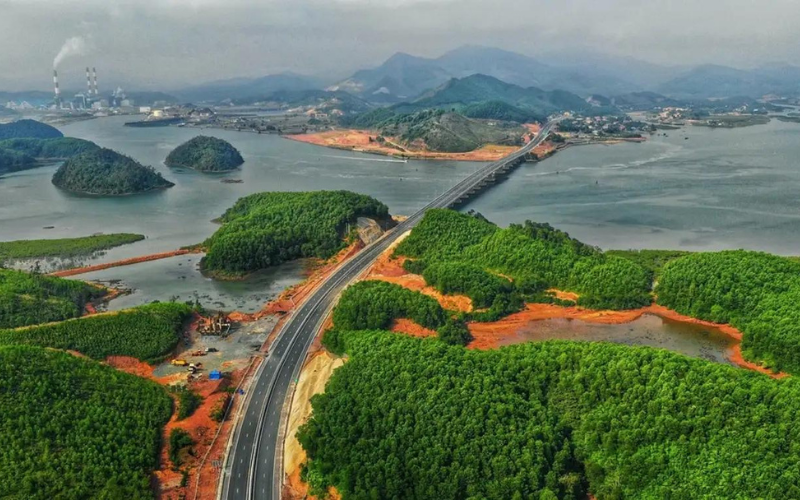
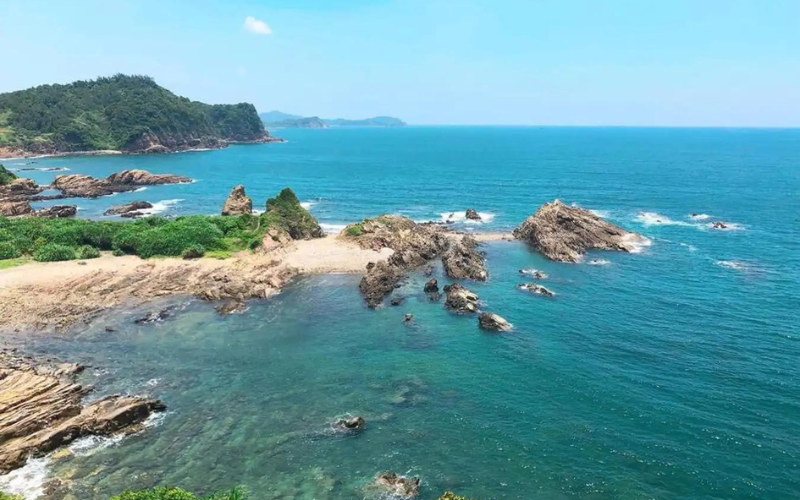
Hy vọng bài chia sẻ của IELTS Fighter đã giúp bạn tự tin hơn khi có dịp giới thiệu về tỉnh Quảng Ninh bằng tiếng Anh với bạn bè quốc tế. Bạn có thể sử dụng mẫu bài trên luyện nói để cải thiện kỹ năng nói, thuyết trình của mình nữa nhé! Hẹn gặp các bạn trong các bài học tiếp theo.

